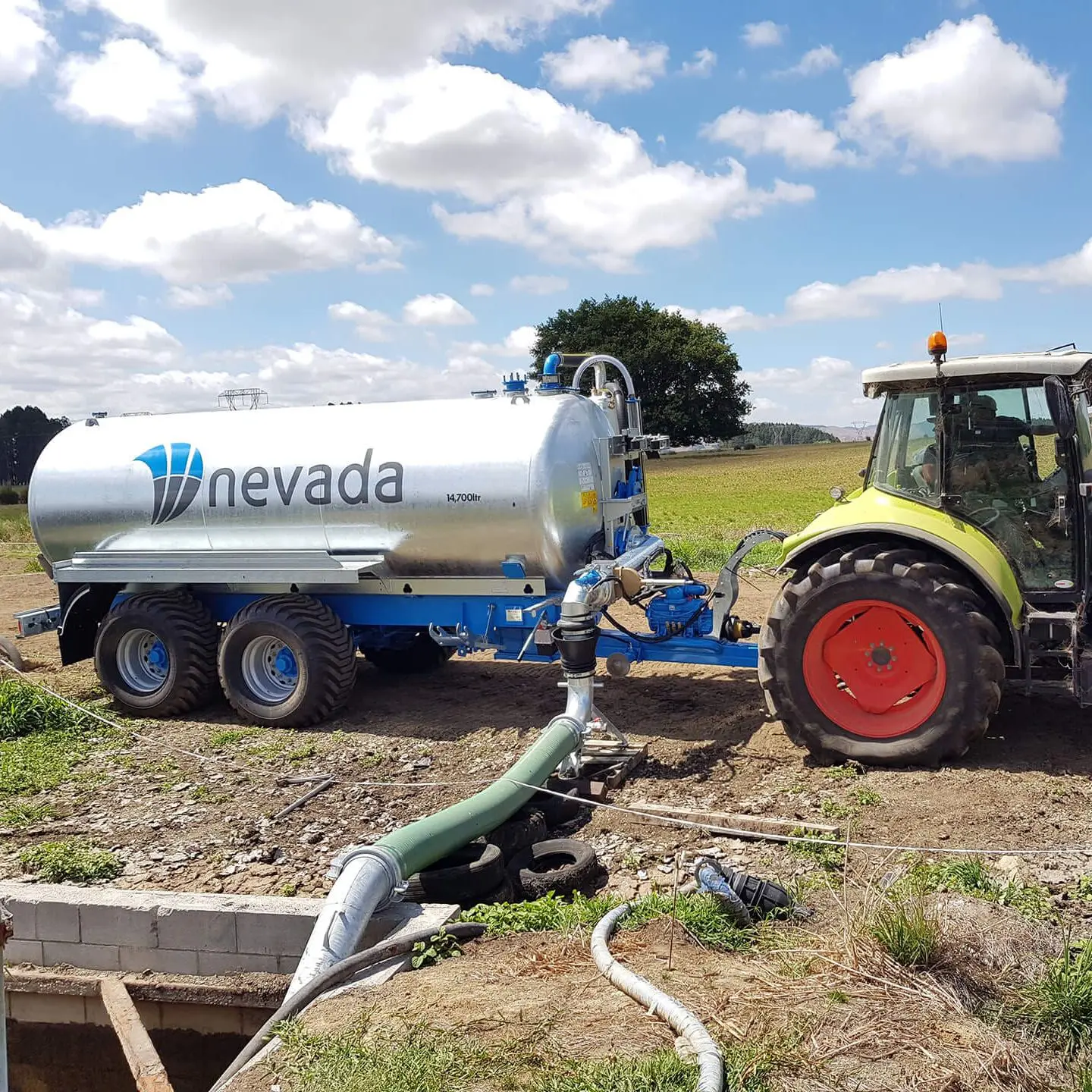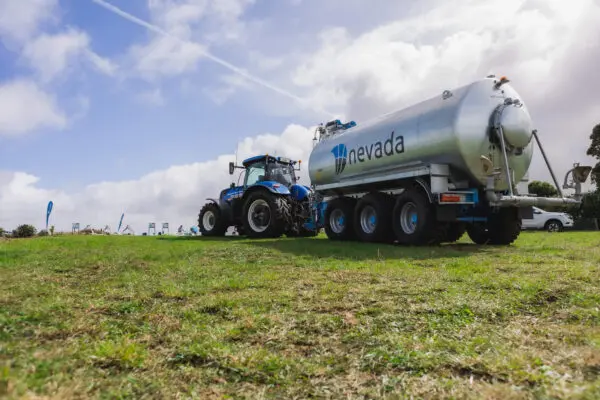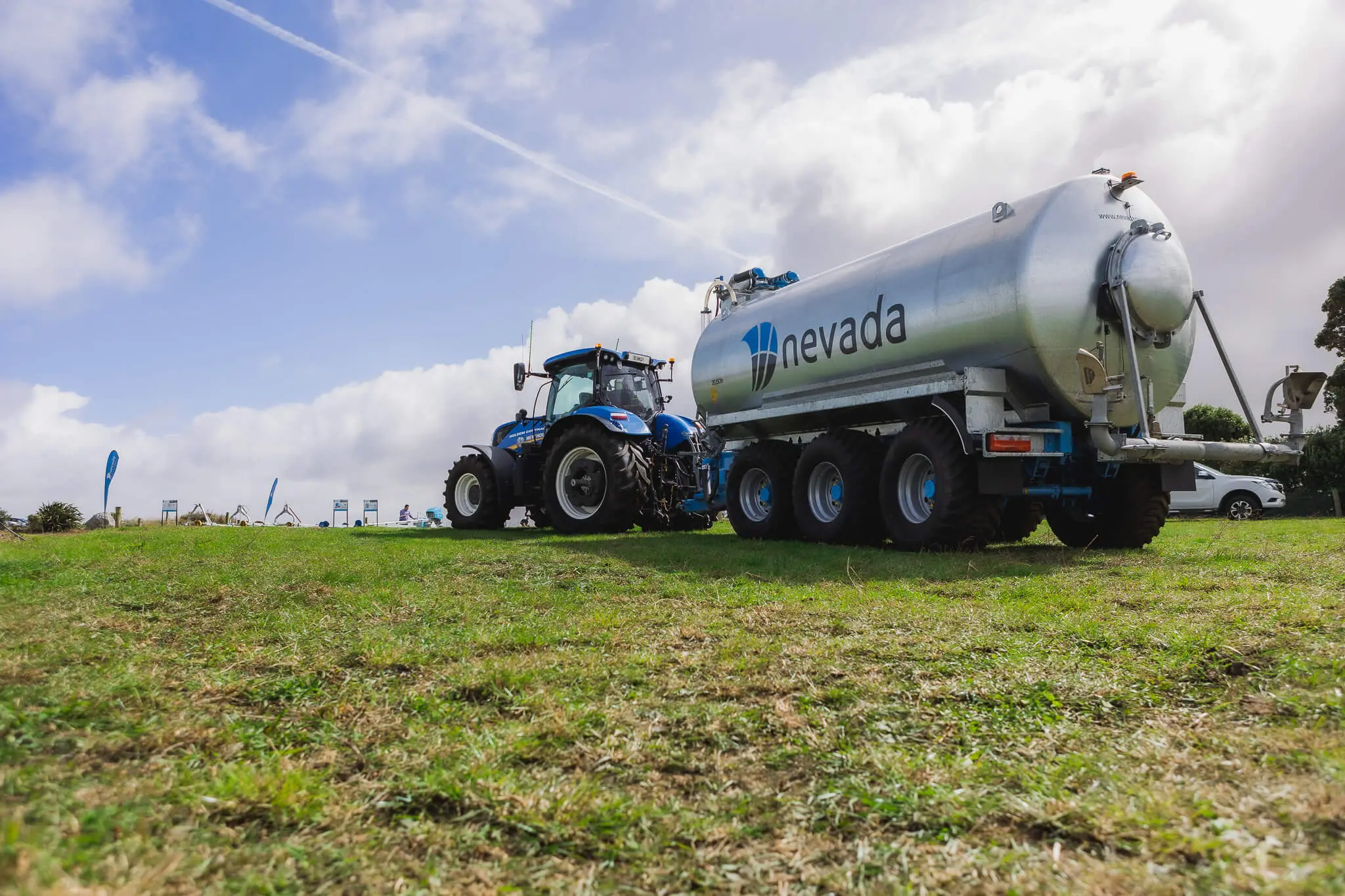- Sustainable Effluent Management
A full, independent chassis also means the tank can be fully galvanised. The tank and chassis are each made from different types and grades of steel. Where the chassis is deliberately not galvanised to preserve its integral strength, the tank needs to be galvanised to maximise strength and integrity.
Galvanising is widely regarded as the ultimate form of corrosion protection, with products lasting many years longer than painted products. Best practice is for the tank to maintain a fully cylindrical shape with dome ends (no recesses), and to galvanise inside and out. Effluent is abrasive, and will corrode and rust the inside of the tanker if it gets stuck in corners and crevices, or if the inside is left untreated. The outside is important to protect from deterioration due to environmental elements. Once the integrity of the tank is compromised, it’s lifespan will be severely reduced and there is a risk of implosion from pressure.


Having a full chassis is also important for carrying implements on the back such as a trailing shoe or injector unit as these are heavy. Without a full chassis they will cause strain on the drawbar, once again reducing the longevity of your machine.
Just as a slurry tanker becomes an essential component for operating your effluent management system, a full chassis is an essential component of the slurry tanker. It provides the strength required to operate the machine effectively, while also protecting the tank itself from unnecessary damage, therefore extending the life of the machine. This has been proven by Nevada manufacturers over the past 60 years, and the reason why all Nevada slurry tankers over 8.5 tonne are manufactured with a full chassis as standard.
Learn more about Nevada Slurry Tankers here, or give our team of experts a call 1800 963 490.
"*" indicates required fields

"*" indicates required fields

"*" indicates required fields

"*" indicates required fields

